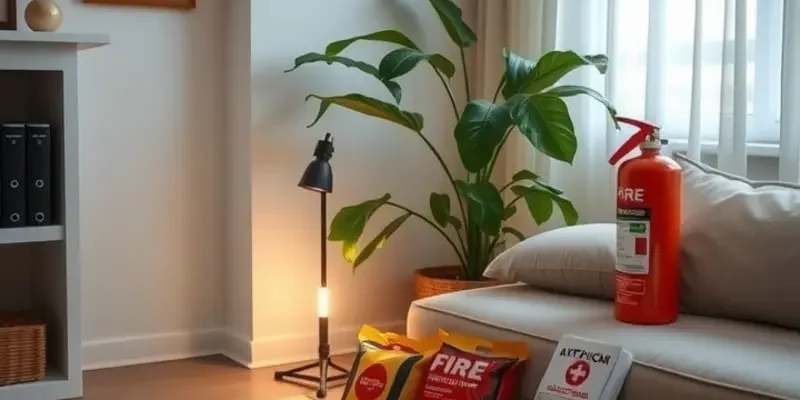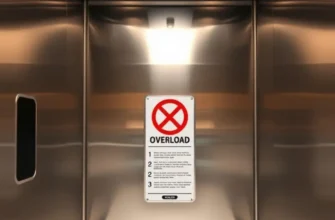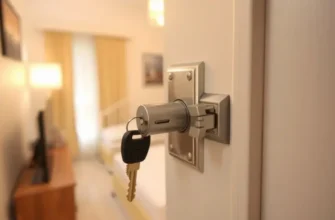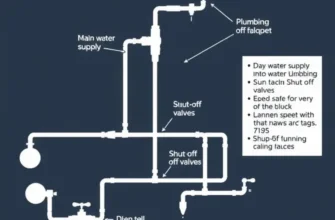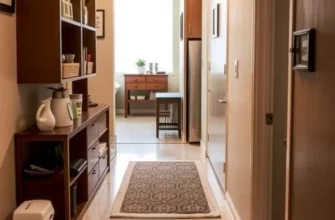Renting an apartment can bring a sense of freedom, but it also requires a proactive approach to safety and security, especially when it comes to emergency preparedness. As a renter, understanding how to safeguard yourself, your possessions, and your peace of mind is crucial. Whether it’s a natural disaster, a fire, or a home invasion, being equipped with knowledge and a plan allows you to respond effectively in any situation. This guide will provide practical advice tailored for renters across the U.S., emphasizing security measures, hassle-free maintenance solutions, and essential emergency kits. With clear, actionable steps and a friendly tone, we aim to empower you to take charge of your safety without getting overwhelmed by the details. Embracing a proactive mindset can turn anxiety into assurance, helping you create a secure living environment. Let’s break down the paths to preparedness and help you feel confident and ready to tackle emergencies head-on.
Creating Your Safety Plan
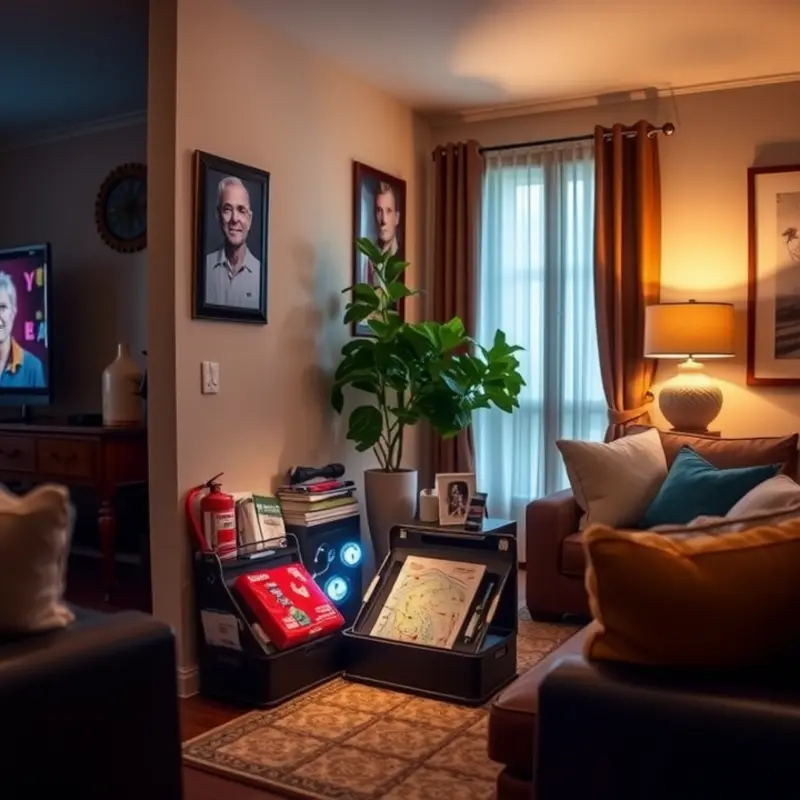
As a renter, the initial step toward ensuring your safety in emergencies is to develop a tailored safety plan specific to your living situation. First, assess potential risks in your region. These could range from natural occurrences, such as earthquakes or hurricanes, to human-made emergencies like break-ins.
Begin by identifying safe spots within your apartment. These safe spots should be areas where you can protect yourself from immediate danger. For instance, during an earthquake, you might consider areas away from glass and heavy furniture that could tip over. Knowing these spots in advance can save precious seconds during an actual emergency.
Next, compile a list of essential emergency contacts. Include local authorities, nearby friends or family members, and trustworthy neighbors. Having a quick reference list will prove crucial during an emergency when time is of the essence.
Creating an evacuation plan is also vital. Familiarize yourself with your building’s layout and locate the nearest exits. Practice evacuation drills periodically. This repetition can help ensure that in the chaos of an actual emergency, your escape route is second nature.
In terms of safety equipment, ensure you have necessary items such as smoke detectors and fire extinguishers. While many buildings provide these, it’s wise to double-check their presence and functionality. If any equipment is lacking, purchasing your own could be a lifesaver.
In some cases, discussing safety concerns with your landlord could be beneficial. They are responsible for certain maintenance tasks, which can include maintaining safe conditions. Highlight any safety issues you find to ensure they take appropriate action.
Finally, documentation is key. Keep records of all safety equipment installations, potential hazards you’ve identified, and communications with your landlord. This documentation can be pivotal if disputes arise or further action is necessary.
For more urban-specific risks and preparations, check out this guide on flood prevention in apartments, which provides insights into handling one of the most common environmental threats to apartment dwellers.
By following these steps and maintaining a proactive approach, you can navigate emergencies with greater confidence and assurance. Prioritizing preparedness ensures your peace of mind, keeping your living space secure and stress-free.
Essential Emergency Kits for Renter Safety
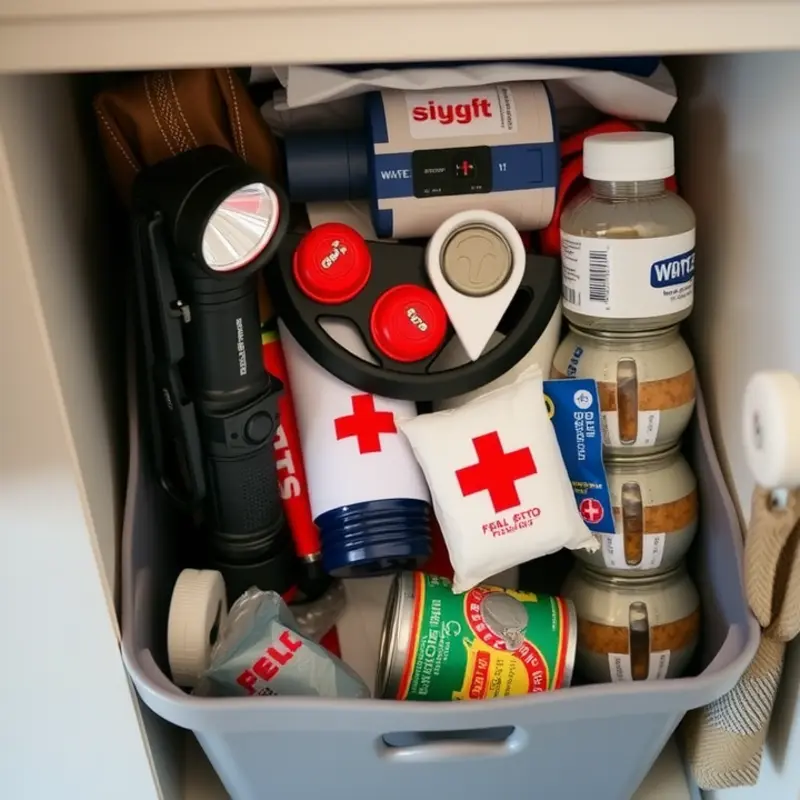
Equipping your apartment with the right emergency supplies can significantly enhance your sense of security. While living in a rented space often comes with constraints on changes you can make, preparing for unexpected situations remains fully within your hands. Assemble an emergency kit wisely. Start with basic items like a sturdy flashlight, an ample supply of batteries, a comprehensive first aid kit, bottled water, and non-perishable foods. These essentials lay the foundation and could be lifesavers in power outages or other emergencies.
Additionally, think about incorporating a multi-tool that can serve multiple purposes, from opening cans to minor repairs. Including blankets will provide warmth when heating is unavailable, and a whistle is crucial for signaling help, should an evacuation be necessary. Place these supplies in a central, easily accessible location, away from moisture and heat.
Don’t overlook your furry companions. If you have pets, it’s critical to integrate their needs into your emergency planning. Stockpile enough food and necessary medications. Ensure your pets are identifiable with microchips and identification tags, potentially vital in chaotic circumstances. Regular checks on these items are essential for ensuring they are in date and ready when needed.
Review your supplies periodically; goods like batteries and food can expire and become ineffective. Setting up reminders for these checks can prevent being caught off-guard with unusable items in the midst of an emergency. This proactive approach preserves the kit’s efficacy.
In addition to building your own kit, explore the market for ready-made emergency kits designed with renters in mind. These pre-packaged solutions are tailored to include essential items and can be an efficient choice if time or knowledge for assembling your own is limited.
Adapting your emergency preparedness plan to your living situation is also crucial. For example, if you reside in a flood-prone area, learn about effective flood prevention strategies that suit apartment living. Refer to articles like flood prevention in apartments to further bolster your preparedness with context-specific information.
Remember, maintaining health and safety should always be your top priority. Having these critical resources readily available ensures you’re not only prepared but also empowered to face emergencies calmly. The peace of mind that comes from knowing you are equipped to handle emergencies is invaluable, making these precautions a necessity rather than an option.
Final words
Navigating the complexities of being a renter doesn’t have to compromise your sense of security. Emergency preparedness is not just for homeowners—it’s essential for everyone living in an apartment or rental property. By establishing a solid safety plan, equipping yourself with emergency kits, and fostering open communication with your landlord and neighbors, you can create a secure and safe living environment. Remember that planning ahead can drastically reduce anxiety and uncertainty during actual emergencies. The more prepared you are, the more control you have over your safety, making your living experience far more enjoyable. Take these steps today to ensure that you and your loved ones are ready for whatever comes your way.

